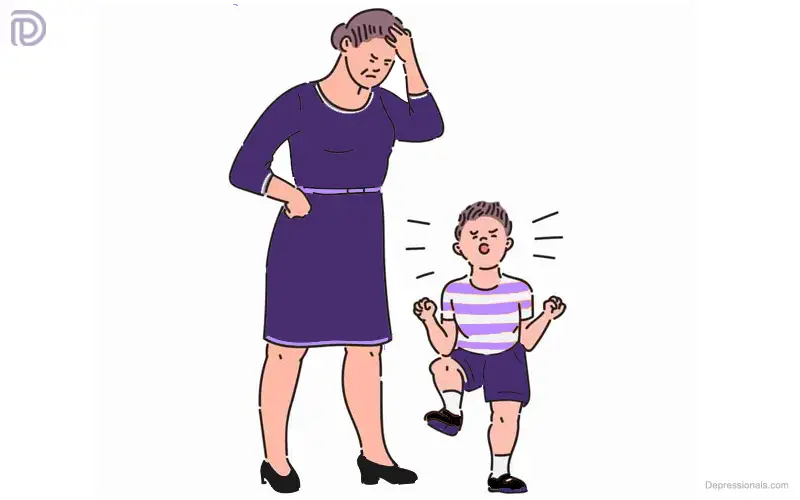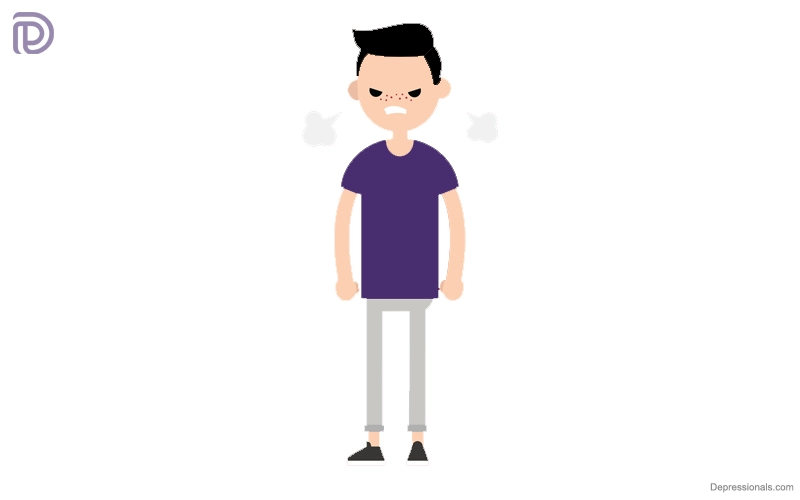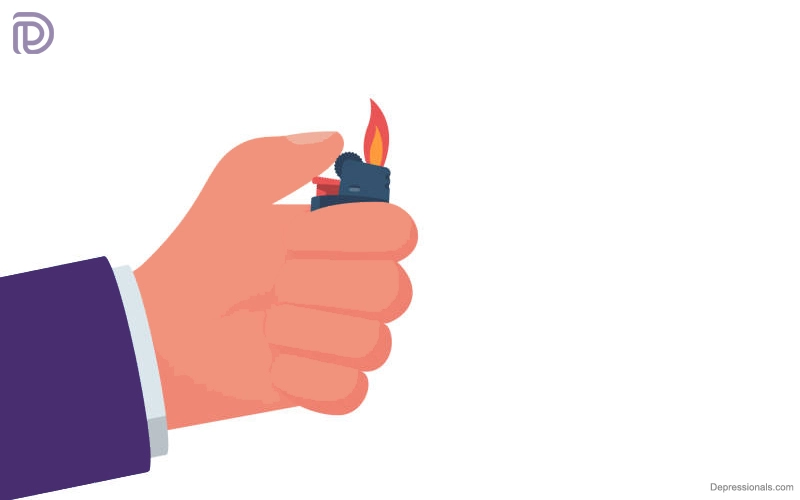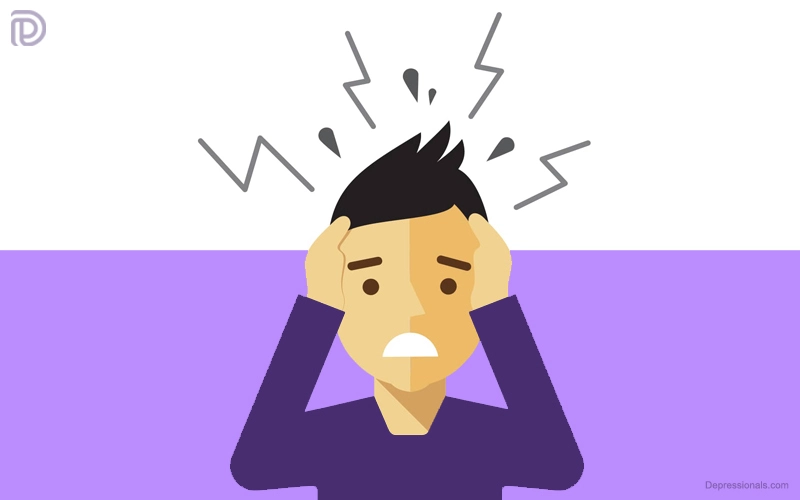Children and adolescents who suffer from conduct disorder have serious behavioral and emotional problems. In children suffering from this disorder, may behave in disruptive and violent ways and struggle with following rules.
Behavior-related problems can occur in children and teens at various stages of their development. Behaviors are considered conduct disorders when they’ve lasted for a long time and when they’ve violated the rights of others, go against accepted norms, and disrupted the child’s or family’s everyday life.
Read: Oppositional Defiant Disorder
Types of conduct disorder
The three types of conduct disorders are as follows. Symptoms are categorized based on when the disorder first appears:
- Symptoms of conduct disorder usually appear before the age of 10 in children with childhood onset.
- Teenage conduct disorders typically develop during the adolescent years.
- An unspecified onset refers to the age when conduct disorder first appears.
Conduct disorder with limited prosocial emotions may be diagnosed in some children. It is commonly described as a callous and unemotional conduct disorder in children with this particular type.
What are the symptoms of conduct disorder?
Conduct disorder symptoms vary depending on the child’s age and severity of the disorder. There are four general categories of symptoms associated with the disorder:
- Aggressive behavior: Fighting, bullying, cruelty to other animals or people, and forcing another into intimate activity are examples of behaviors that threaten or cause physical harm to another.
- Destructive behavior: A property is destroyed deliberately through projects such as arson (setting fires on purpose) and vandalism (damaging other people’s belongings).
- Deceitful behavior: Such behavior may consist of repeated lies, shoplifting, or breaking into homes and cars to steal.
- Violation of rules: People who go against the social norm or engage in behavior that is inappropriate for their age are considered antisocial. Young people may run away from home, skip school, play pranks or engage in sexual activity.
A lot of children with conduct disorder throw frequent temper tantrums, and they seem irritable. Drugs and alcohol are commonly abused by some people.
Conduct disorder causes children to fail to appreciate how their behaviors can harm others, and they will generally lack any sense of guilt or remorse about hurting others.
Read: Kleptomania
What are the causes of conduct disorder?
There is no known cause of conduct disorder, but an interaction of biology, genetics, environment, psychology and social factors may be involved.
- Biological: A number of studies suggest that injuries or defects in certain areas of the brain can cause behavioral problems. There is evidence that disorder can be caused by particular areas of the brain which are involved in controlling behavior and emotion. When nerve cell circuits are malfunctioning in these brain regions, conduct disorder symptoms may occur. Many other illnesses can cause conduct disorder symptoms as well, including attention-deficit hyperactivity disorder (ADHD), learning disorders, depression, substance abuse and anxiety disorders.
- Genetics: Many teens and children with conduct disorders have relatives with mental disorders, such as mood disorder, anxiety disorder, substance use disorder, and personality disorder. Conduct disorder is thought to be inherited, at least in part.
- Environmental: Children who suffer from conduct disorder can be affected by dysfunctional family dynamics, abuse during childhood, a trauma in the family, and inconsistent parental discipline.
- Psychological: Conduct disorders are sometimes thought to represent problems with moral awareness (namely, the lack of remorse and guilt) and deficits in cognitive function.
- Social: The lack of social acceptance by their peers and a low socioeconomic status seem to be risk factors associated with conduct disorder.
How common is conduct disorder?
According to estimates, 2%-16% of children in the U.S. suffer from conduct disorders. Usually occurs in late childhood or early adolescence, this disorder is more common in boys than in girls.
Read: Pyromania Disorder
How is conduct disorder diagnosed?

Various signs and symptoms suggest that children are suffering from mental illnesses, as they are with adults. A doctor may evaluate conduct disorder when symptoms of it are present by taking complete medical and psychiatric histories.
If there is concern that a physical illness might be causing the symptoms, a physical exam and laboratory tests (such as neuroimaging studies and blood tests) should be performed. Oftentimes, conduct disorder is accompanied by other disorders such as ADHD and depression.
Psychiatrists and psychologists are specially trained to diagnose and treat mental illnesses in children and teens. If a doctor cannot find a physical cause for the symptoms, the child will likely be referred to one.
When diagnosing a mental disorder in a child, psychiatrists or psychologists use special interview and assessment tools. Diagnostics are made by observing the child’s behavior and comments about their symptoms.
It is often the responsibility of parents, teachers, and other adults to provide the doctor with information about the child’s complaints and symptoms as children often refuse to share this information with their doctors.
Conduct disorder treatment
Children with conduct disorder receive treatment based on several factors, such as their age and severity of symptoms, and their ability to participate and tolerate specific therapies. The following combination of treatments is usually used:
Psychotherapy
The goal of psychotherapy (a form of counseling) is to help the child learn how to behave appropriately when they are angry. Cognitive-behavioral therapy helps reshape the way a child thinks (cognition) to develop problem-solving skills, anger management, moral reasoning and impulse control.
A family therapist could help improve family communication and interactions. Parents can learn to positively modify their child’s behavior at home through a specialized therapy called Parent Management Training (PMT).
Read: Intermittent Explosive Disorder
Medication
This is not a medical condition that can be formally treated, but various drugs can be used (off label) to treat some of its symptoms (impulsivity, aggression, dysregulated mood), as well as any other mental illnesses such as ADHD.
Coping
Children and families suffering from conduct disorder may benefit from psychosocial treatments. The goal of these approaches is to help parents and caregivers manage their child’s behavior effectively. There are several things you can do in this regard, including:
- Creating structure
- Setting and enforcing limits
- Giving clear instructions
- Rewarding good behavior
- Following inappropriate behavior or outbursts with time-outs
Ultimately, such training aims to improve parenting and child interaction. The result can be less conflict and better behavior regulation for children.
How can I help my child live with conduct disorder?
It is often possible to prevent future problems for your child with early treatment. Your child can benefit from the following actions:
- Make sure your child’s medical appointments are kept.
- Whenever necessary, attend family therapy.
- Find out what other providers your child will be receiving care from his or her healthcare provider. Counselors, therapists, social workers, psychologists, psychiatrists, and others may work with your child on a treatment team. It depends on the severity of the disorder and your child’s needs to determine the care team.
- Share the conduct disorder your child has with others. Plan your treatment with your healthcare provider and school.
- Seek support from others. It may be helpful to speak with other parents whose children are affected by conduct disorder. Discuss support groups for caregivers of children with conduct disorders with your healthcare provider if you feel overwhelmed.
What is the outlook for children with conduct disorder?
The most important thing is that you seek the help of a medical professional if your child is displaying conduct disorder symptoms. If left untreated, social anxiety disorder, bipolar disorder, and severe depression are many of the mental disorders that can develop in adults with the disorder.
Psychological disorders such as antisocial and other personality disorders, mood and anxiety disorders, and substance abuse disorders are among them.
School-related problems are also present for children with disorders, including school failure and disengagement, substance abuse, legal problems, violence toward friends or others, and transmitted diseases because of intimacy.
It is possible to achieve varied treatment outcomes based on treatment strategies, but early intervention may reduce the risk of incarceration, mood disorders, and comorbidities like substance abuse.
Read: Conversion Disorder
Can conduct disorder be prevented?
There may be no way to prevent conduct disorder, but by recognizing and acting on symptoms as soon as they appear, the child and family can minimize their distress, and many of the problems that tend to accompany it can be prevented.
Additionally, establishing a consistently nurturing, supportive, and consistent home environment based on love and discipline could help reduce symptoms and prevent behavior problems.






I like what you guys are up also. Such smart work and reporting! Carry on the excellent works guys I?¦ve incorporated you guys to my blogroll. I think it will improve the value of my web site 🙂
Hey just wanted to give you a quick heads up. The text in your article seem to be running off the screen in Chrome. I’m not sure if this is a formatting issue or something to do with web browser compatibility but I thought I’d post to let you know. The design look great though! Hope you get the problem resolved soon. Kudos
The information you have provided is very useful to me.